I tried Safaricom 5G, here are my thoughts
In March of 2021, Safaricom became the first telco in the country to announce 5G. We initially thought this was a full-on rollout – and I was pretty excited. However, it later emerged that these were but trials in different parts of Nairobi, and in the country at large. Ever since the initial announcement, the company has moved from having just 2 5G sites to over 200 sites as at the end of 2021. There may be way more sites as of this writing.
If you have a 5G capable smartphone, for a while now you may have been able to pick up the 5G signal provided you’re near these sites. Last year, there were reports of people connecting to the network in different parts of the country including Nairobi, Kisii, and Amboseli.
My 5G capable devices had however never picked up the signal. Perhaps I was never within the recommended range. Or maybe I just wasn’t lucky. Well, until yesterday.
This was my first time connecting to a 5G network ever. Which is big for me – given I’ve read so much and written so many articles about 5G. This also happens to be the first time I’ve seen a mobile network achieve such speeds. Anything faster I’ve seen has been through Fibre.
Okay, some people say the speeds aren’t very impressive
A couple of people weren’t impressed with the speeds posted. They’re not exactly what was promised. Well, that’s sort of true. However, as you can see in the chart below, the speeds are in-line with average tests carried out with different 5G networks in other countries.
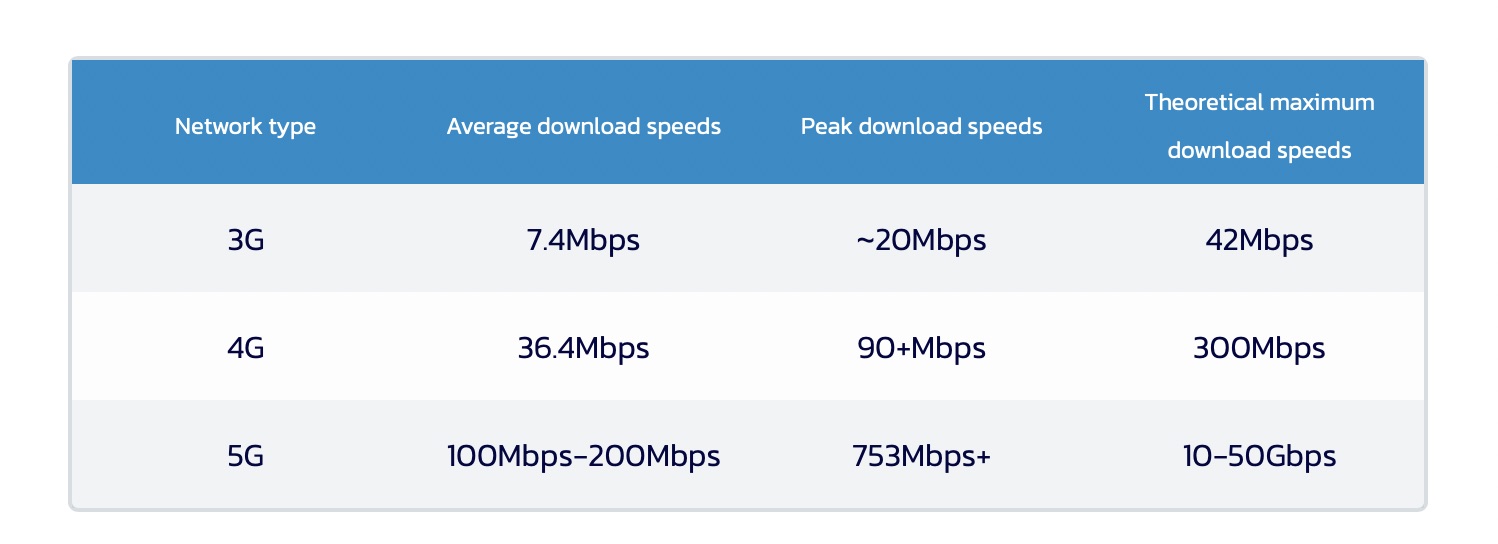
People should remember there’s a wide range of possible 5G speeds depending on the type of 5G network you’re connected to.
Here are the three types of 5G:
- Low-Band 5G – This is the baseline for 5G, and is good for nationwide coverage. It uses the same frequency that was once used for TV broadcasts and can cover more rural locations. It offers speeds that are approximately 20% faster than 4G networks.
- Mid-Band 5G – This is good for metropolitan areas, but requires significant proximity to 5G towers. Speeds are about 6 times higher than 4G speeds.
- High-Band 5G – This is the crazy tier. With millimetre wave (mmWave) users can achieve up to 10 times faster speeds than 4G. However, users need to be very close to a tower, and not blocked by any objects. This is good for cities and open spaces.
Given the speeds I was getting, in Nairobi on a rooftop, I can guess that I was connected to Mid-Band 5G. Which could explain why my 5G connection wasn’t stable and would disappear when I moved.
To get enjoy the high-band 5G, you need to have a device with mmWave support and to be very close to a 5G tower. I am keen to see how this will be implemented.
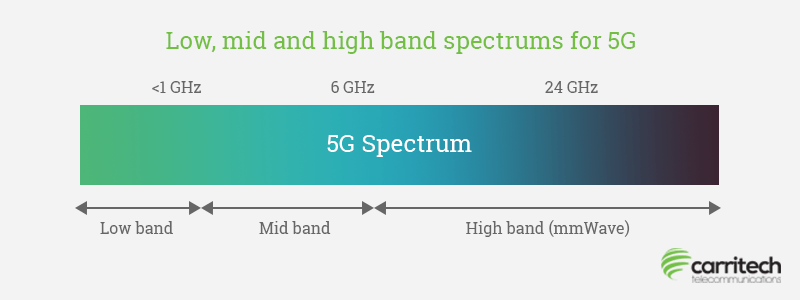
Recently, Safaricom was allocated a 60 megahertz (MHz) spectrum in the 2600MHz band from the Communications Authority of Kenya (CA). The amount of money Safaricom paid for the license hasn’t been disclosed. It must be a lot given the 4G license is KES 2.89 Billion.
(Also read: High Spectrum Fee remains Biggest Obstacle to 5G Dream in Kenya)
The new allocation could be a sign that Safaricom is getting ready to launch low-band 5G to cover more parts of the country. Full-on rollout may come in 2023 given 5G capable handsets are still expensive.
What comes next?
Achieving 230Mbps on a smartphone is more than amazing. I tethered my phone to a laptop and I was amazed at how fast I could download stuff. At how fast a 4K video loaded.
Safaricom promised people would be able to achieve speeds of up to 700Mbps, with 1Gbps speeds being reached after rollout. I cannot wait to see that in action.
A hindrance to 5G adoption as I’ve already mentioned is pricing. Until more people are able to afford 5G phones, rollout will be unnecessary. Companies like MediaTek have been introducing low cost 5G-enabled processors to push adoption of 5G to the masses.
Some of the cheapest 5G devices in Kenya right now are from Infinix and Xiaomi and they’re all powered by MediaTek’s Dimensity processors.
This year, we are expecting more affordable 5G handsets to be availed in the market. These include the upcoming Infinix NOTE 12 5G, and the TECNO Camon 19 5G – which already has a set price of KES 41,599 and is expected to launch this July.
We can also expect portable 5G routers from Huawei once the standard becomes available across more parts of the country. With such routers, one will be able to enjoy 5G speeds from their normal non-5G devices.
The only thing that remains is rollout and introduction of better data prices. In the near future, should telcos prioritise this new standard, we should be able to enjoy crazy speeds and uncapped internet access. We should expect a future where every home will have super fast affordable wireless internet access. Will we get there?

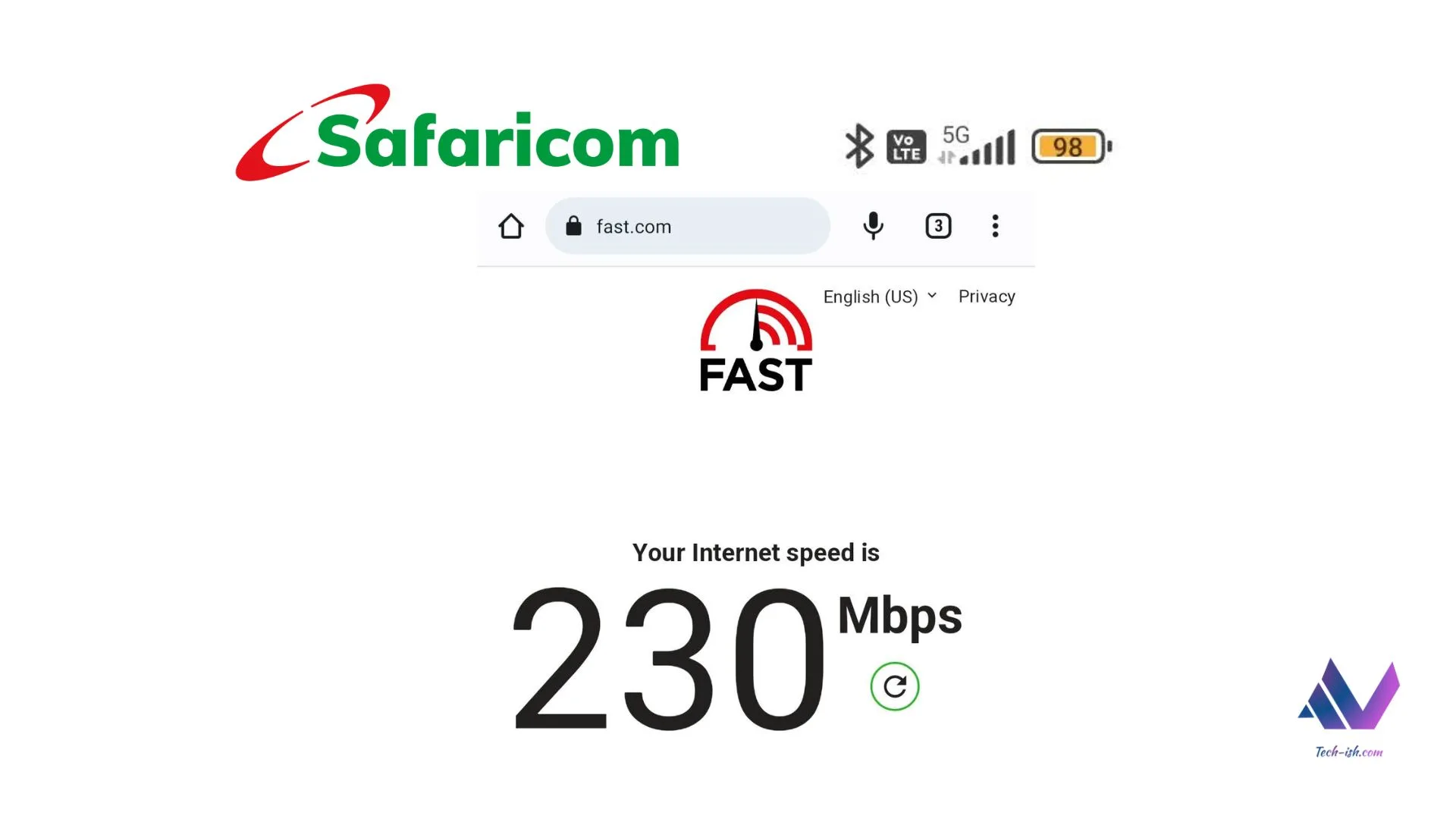





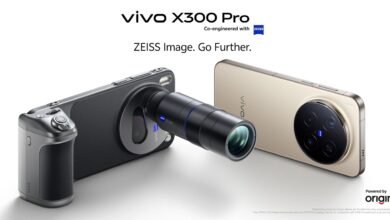
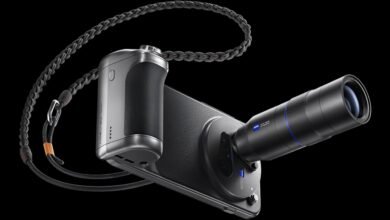
Hello, thanks for sharing this informative post. I know that Safaricom 4G uses band 3 and 20 for their 4G network. So, I wanted to know what band they use for their 5G network?
Bure kabisa, why is the editor not telling you the US sec 899 ban on Huawei and its subsidiaries,why isn’t he telling you geo fencing + tracking on those 5g networks …..If you already have any of those phones, get a faraday bag.wisdom is the ability to see bullshit miles away
5g is the future but real world application is hampered by issues like obstruction which can impact connectivity, Initial costs for rollout are high and battery drain on mobile devices.This will however become standard when issues are resolved.There are already patents for 6g underway in some countries like China, US,Singapore…..really exciting times ahead especially to drive IOT.
NASA I think MIT have been testing but not for broadcast or public network, when 6G is being tested some providers may want to wait and see the direction technology is heading to.Broadcasters may be the main beneficiaries but will the tech companies provide the service soon?
Also If one of the two actual serious presidential aspirants fulfill their promises of internet connectivity after elections then maybe there’s hope. but it’s kenyan politicians sooo.. ?
we are caping fibre currently . 5G will become a faster way to get that annoying ISP message for low data bundles every few minutes
Yes, fibre capping is a real thing. The fact that Safaricom home fibre is capped at 500GB has to be the swindle of the decade. You download 2 video games and now you have to deal with a 0.00001mbps connection for the rest of the month.